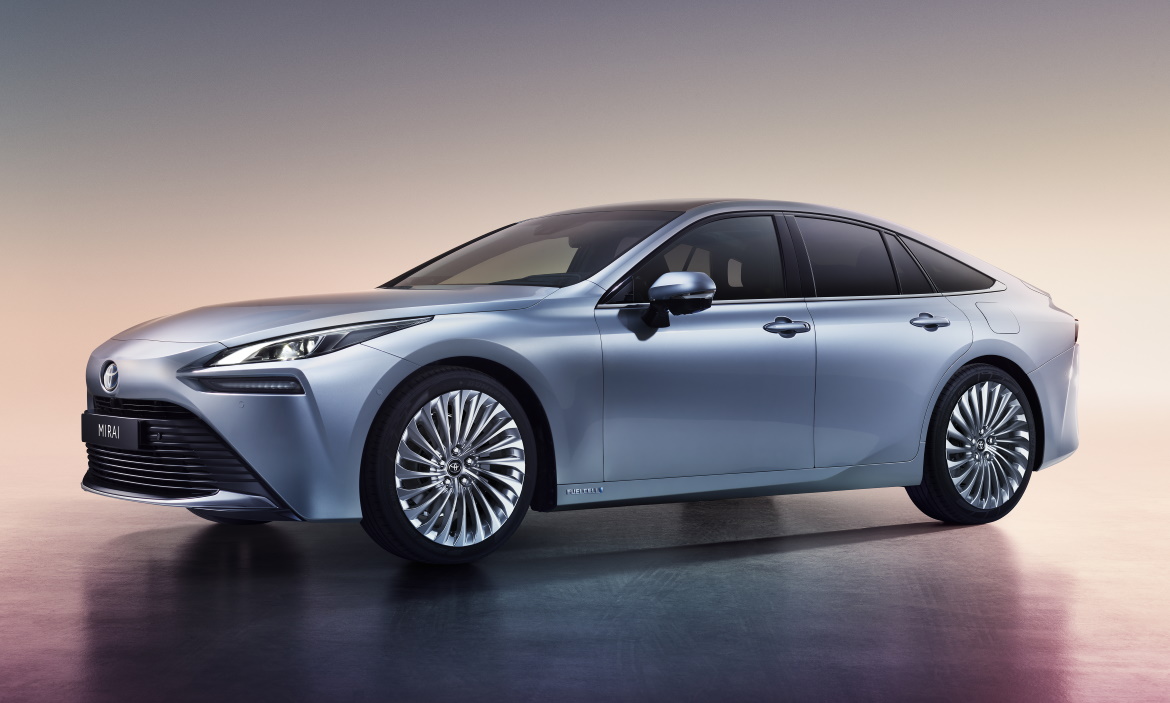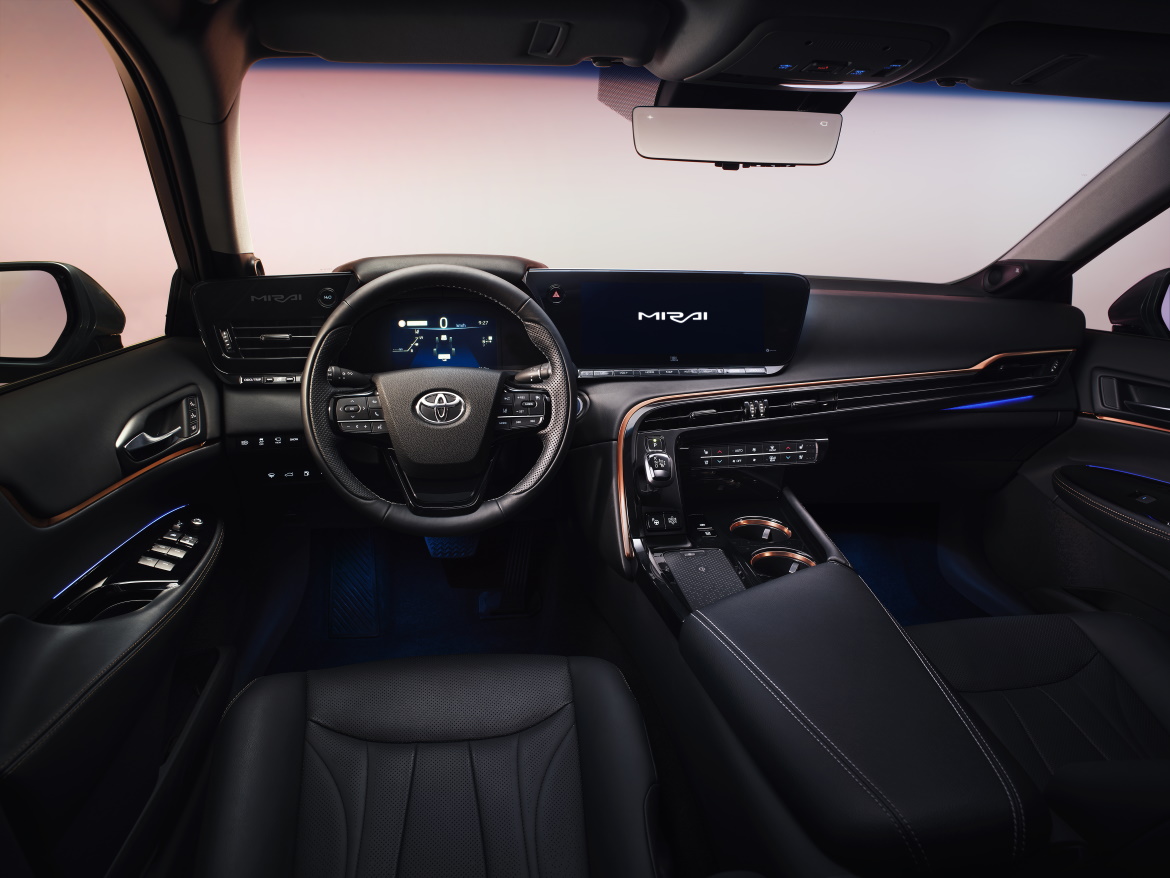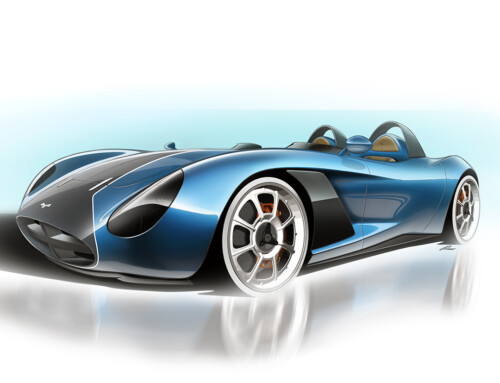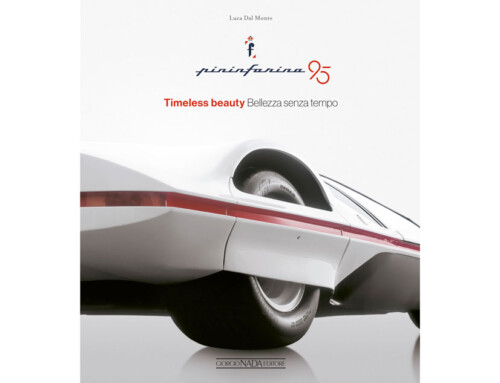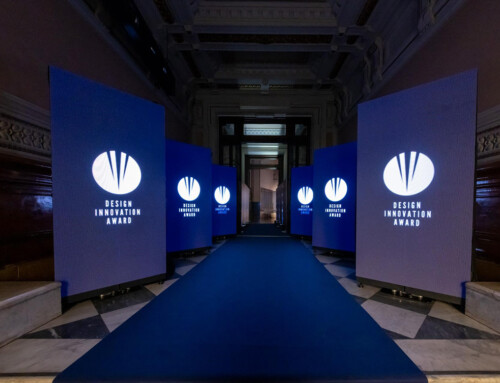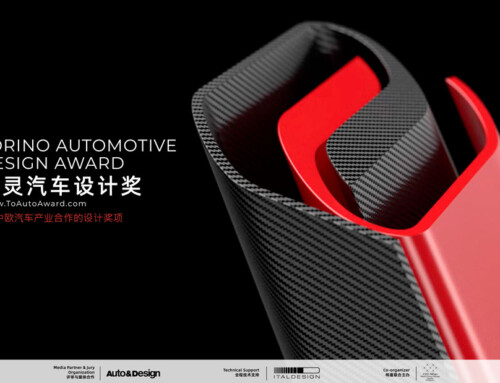The second generation of the Mirai, Toyota’s hydrogen-powered flagship, brings a stylistic revolution of substance. The freedom to create a much more attractive design was one of the possibilities given to the design team through the use of Toyota’s modular rear-wheel drive GA-L platform. The Japanese saloon is inspired by the Lexus LS+, a concept car presented by Toyota’s luxury manufacturer at the Tokyo 2018 Motor Show. The hydrogen tanks are three and arranged in a “T” shape, the longest longitudinally and centrally under the vehicle floor, with two smaller tanks positioned laterally under the rear seats and the boot. Together they can hold 5.6 kg of hydrogen, compared to the 4.6 kg of the current two Mirai tanks.
The platform provides the new Mirai with more structural rigidity, a factor that contributes positively to the car’s agility and response, as well as a low centre of gravity that ensures the best possible handling. The car’s improved aerodynamics, with a lower roofline, full body panelling and lower drag coefficient, also contributes to improved handling quality and stability, and longer driving range. The interior has been designed as a sober, modern, comfortable and welcoming space.
Three main features include the 12.3-inch central display and driver-side oriented instrument panel. Mirai’s platform and intelligent configuration allows five occupants to enter the car, no longer four as in the outgoing model. A priority has been to improve its range compared to the first generation model and to go beyond the distances typically reached by battery-powered electric vehicles. The increase in the power and capacity of the hydrogen tanks, the improvement in efficiency and the new aerodynamics contribute to extending the driving range to around 650 km (+30%). This gives the new Mirai true long-distance range.

